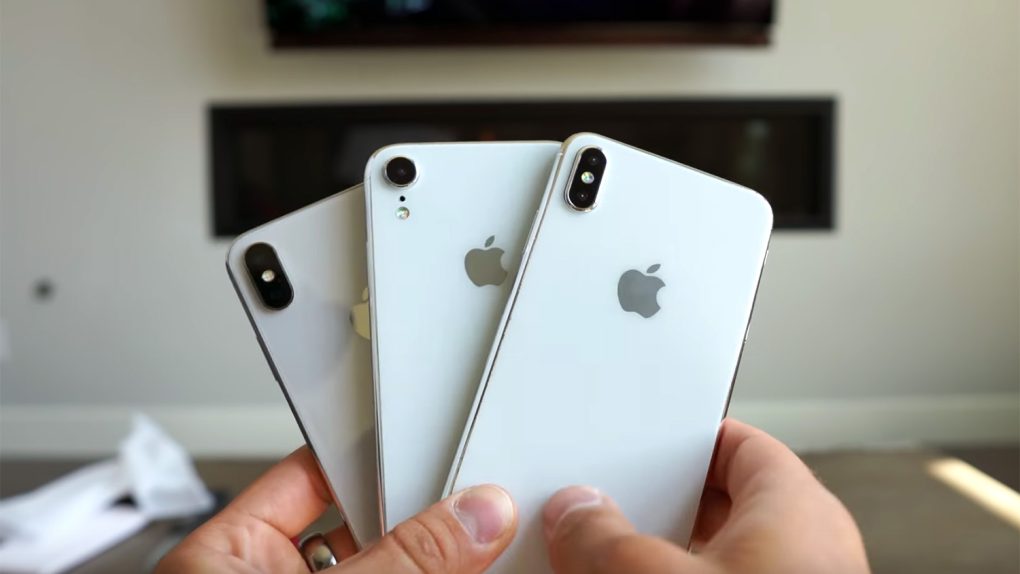Have we reached peak smartphone? Are we just impossible to impress anymore thanks to a case of been-there, seen-that with most handsets? Maybe it’s that more of us are hanging on to our devices for longer than ever — and maybe it’s a little of all of the above. Whatever the reason, though, global smartphone shipments were down again in the third quarter, the fourth consecutive slump in shipments.
Market research firm Strategy Analytics is out with new data showing a year-over-year decline of 360 million units, equivalent to an 8 percent dip, in the third quarter, with Strategy Analytics director Linda Sui going so far as to declare the smartphone market “effectively in a recession.”
“The smartphone industry is struggling to come to terms with heavily diminished carrier subsidies, longer replacement rates, inventory buildup in several regions, and a lack of exciting hardware design innovation,” she said.
A separate research firm, IDC, is also out with findings that more or less match up with those of Strategy Analytics. We’ve summarized the most interesting results from the research below.
Samsung, no surprise, is still the king of the global smartphone hill. It’s got a 20 percent market share and shipped a little more than 72 million units during the third quarter — but that was 13 percent less than the third quarter of 2017. Huawei, meanwhile, is continuing to nip at Samsung’s heels, shipping almost 52 million smartphones during the quarter (a 32 percent gain). It only has a 14 percent global market share, in part because its phones have little to no presence in North America.
Apple, meanwhile, rounds out the top three, having shipped almost 47 million units during the quarter. That was basically flat with where Apple was a year ago and gives the Cupertino-based company a 13 percent global market share.
Despite all this, Anthony Scarsella, a research manager at IDC, thinks the market could see a turnaround in the near future, perhaps as soon as the holiday quarter. The final three months of the year, he said, “should be an exciting one with a wide selection of new flagship devices available. With the new iPhones, Mate 20, Pixel 3, V40, Note 9, and OnePlus 6T, we can expect consumers will have a plethora of options when upgrade time approaches.”








